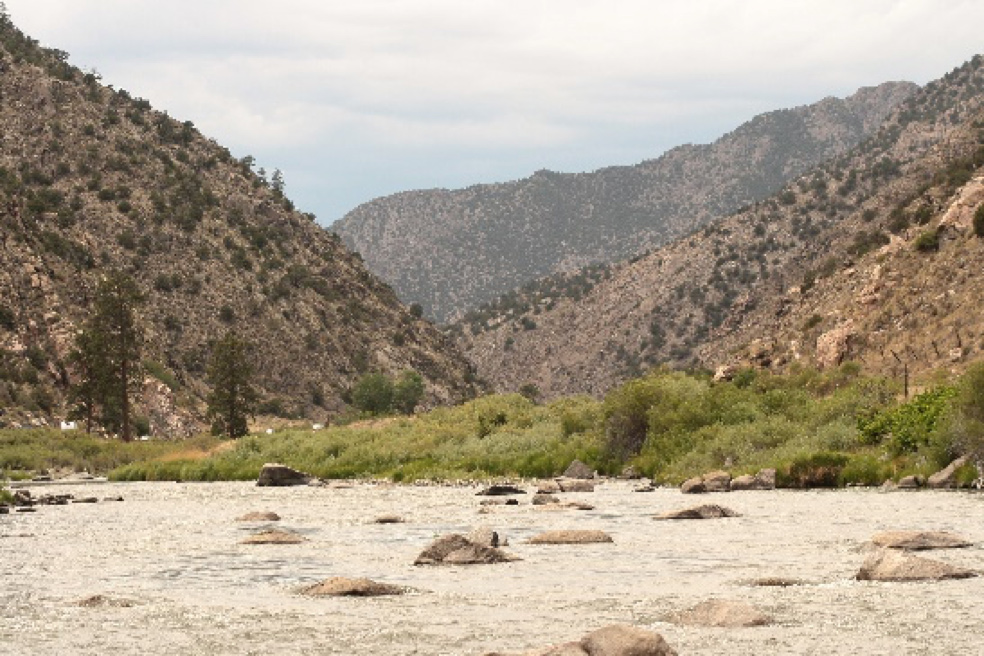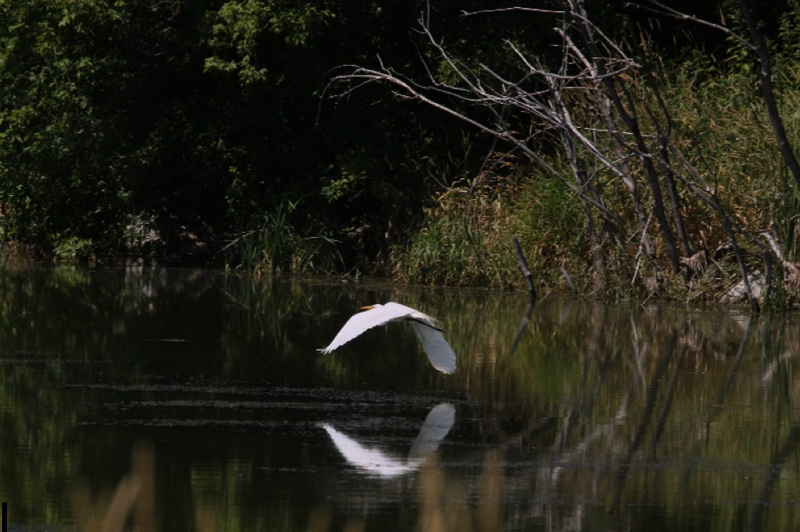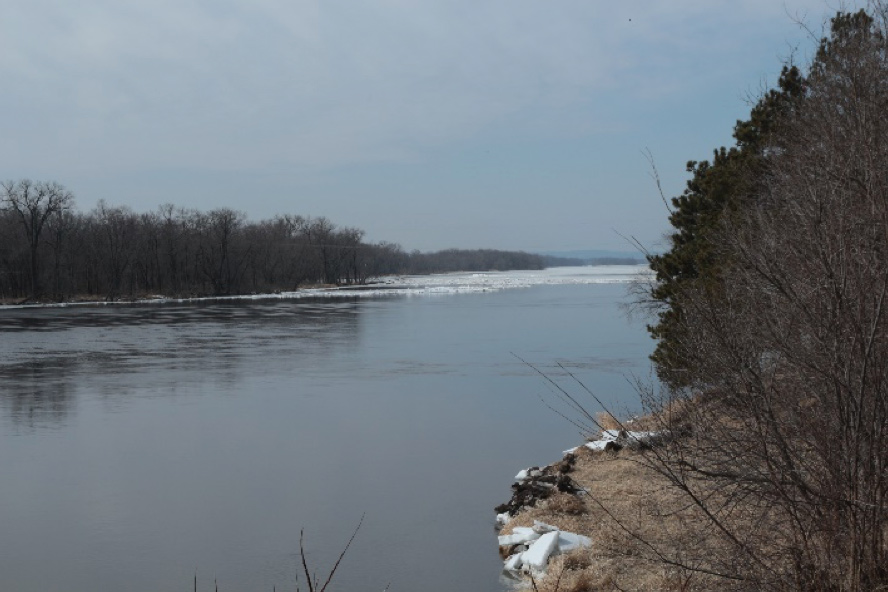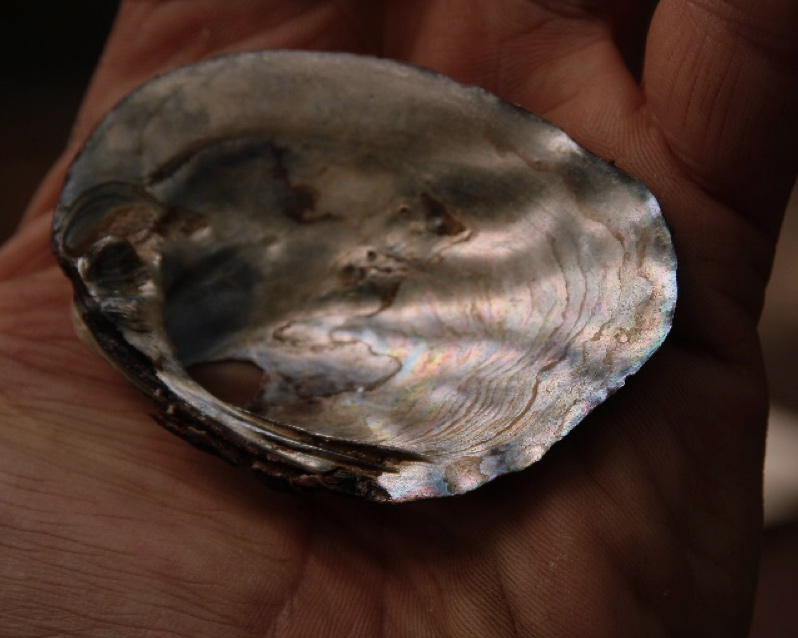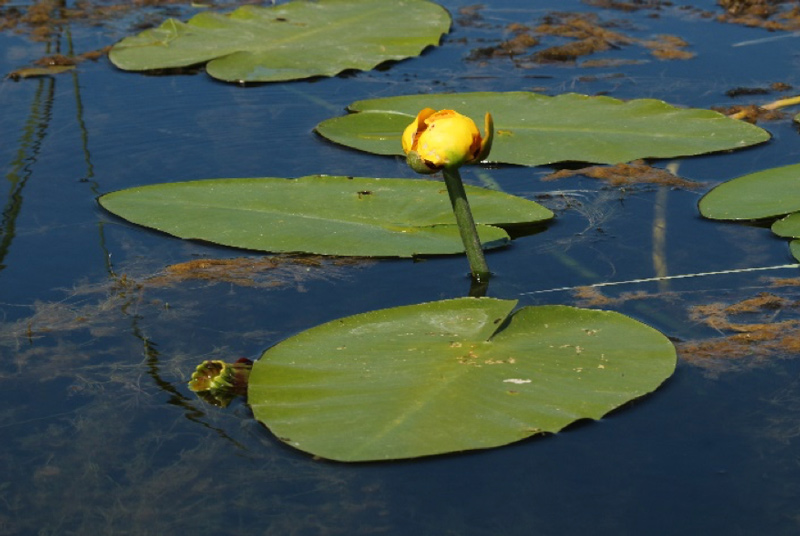Project Manager, Leland Searles
Grant-funded results under this proposal have yielded a PowerPoint presentation and spinoff efforts to make its content public. As we establish new forms of activity and communication (in part because of public health concerns over COVID-19), our methods of presentation also adapt. In the same way, natural systems must adapt to change, and that flexibility is a natural requirement.
A PowerPoint presentation was developed in February and March 2020, then given before a packed audience at the Sustainable Living Coalition headquarters in Fairfield, Iowa. The event stimulated a lot of thinking and follow-up action. One outcome was that a group of volunteers organized in Jefferson County, under the leadership of Sue DeLost and Bob Ferguson, to evaluate all the bridges in the county as wildlife crossings. The volunteers used the resources at our page, https://bewildrewild.org/scorecard. They entered their results using the Wildlife Crossing Scorecard on the page. The event, held on August 22, 2020, led to useful feedback about the activity and its evaluation methods.
An in-person presentation, with social distancing, occurred on September 15, 2020, at the Des Moines Izaak Walton League, for an audience of roughly 30 people. The event was live-streamed by Ikes Chapter Vice President Bud Hartley. This version of the presentation included changes to the overall content and a section that gave details about the Wildlife Crossing event in Jefferson County. Through the Ikes, we may be able to find volunteers to begin evaluating bridges across Polk County.
We anticipated using the presentation in short segments to introduce speakers and topics at a BeWildReWild conference, to be held in Fairfield in April 2020, but the coronavirus pandemic led to a cancelation of the event. However, that has not stopped us from taking this in other directions.
Check the Events page for future offerings of the presentation, as a live event, webinar, or other means. A PDF document, readable with Adobe Acrobat Reader or any of several similar applications, is available here. There is no copyright, but please credit BeWildReWild and Big River Connectivity with any use of its content.
BeWildReWild is a vision for allowing the natural world to restore itself with minimal human intervention, alongside human land uses that enhance natural processes. It begins with the question, “What does ‘wild’ mean?” then proceeds from individuals’ answers to the Mississippi River Basin as the space for envisioning and expressing “wildness.”
We trust natural systems to adapt to change and rejuvenate land that is severely disturbed and that exceeds human capacity for intensive restoration. Rewilding moves beyond active restoration practices to natural recovery and adaptive processes. A major element is Big River Connectivity, which addresses issues of scale from the entire basin to localities and species, moving from Space to Species.
Wildlife Crossings
As a way to engage interested people locally, we pursued the idea of evaluating existing wildlife crossings with our rewilding friends in Fairfield. Bob Ferguson has taken pains to promote this with his associates. Sue DeLost has volunteered to find other volunteers and lead the way in organizing them for an evaluation effort in Jefferson County. And Dick DeAngelis with Fair Field Productions has found time to develop audiovisual materials for this effort.

The goals of volunteer engagement are several. First is to prompt volunteers to think about the disconnected, fragmented landscapes in which they live and what changes have interrupted those landscapes for wildlife. Roads are a major cause of fragmentation. A project to evaluate bridges, culverts, trestles, and on-the-road crossings can generate valuable insights about the restrictions to movement and the dangers to wildlife of all sizes.
We have developed a Wildlife Crossing Scorecard with ten categories that are based on the size, general means of movement (flight, on the hoof, swimming, and others), and general location of movement (air, land, water). Volunteers are asked to rate crossings for each of the ten wildlife groups as “Poor,” “Fair,” or “Good.” To aid the rating, the volunteers are invited to imagine themselves as a member of each group, trying to make its way through a particular crossing.
Working with Fair Field Productions, we shot and produced a short video for volunteers, also at the Scorecard page, about how to evaluate a site and use the Scorecard. Dick and his crew did a fabulous job with staging, filming, and editing.
As of this date, July 13, 2020, Sue is busy contacting volunteers and devising a methodology to evaluate much or all of Jefferson County. She and the Fairfield area volunteers will be able to enter their ratings in the online scorecard and provide photographs. The photos and ratings eventually will be used to interpret the larger landscape and the quality of connectivity for the different types of wildlife.
Individuals in Adair and Johnson Counties also are beginning to rate crossings in their areas. These efforts will be updated here. A few people in Johnson County have even considered a push for an actual crossing that would benefit turtles who often move across a paved road from one natural area to another.
Iowa is “Ground Zero” for imagining “nature” and “wildness” outside of utilitarian values, forefronting the state as more than an ecological flyover zone between more visible eastern and western landscapes of conservation and protection. The vision entails the creation and expansion of biodiversity cores and corridors across landform regions, using artistic expression, geospatial mapping, and public media to assert the value of connectivity and wildness.
We anticipate a cultural shift from an extractive, utilitarian economy to one based on human-nonhuman reciprocities in which our species stewards and values biodiversity now and in the future.
Presentations
After the successful event in Fairfield during February, we were disappointed at having to cancel the conference event there. But that only spurred our creativity. Fair Field Productions has been engaged to make two videos, one a longer work on wildlife crossings, and the other, on the larger themes of rewilding, BeWildReWild, and Big River Connectivity. In a sense, only the medium has changed, from in-person events to technological forms. That said, an in-person presentation could occur as early as September in Des Moines, Iowa. Watch the events page for changes.
As the types of activities change, so will the presentations. The roughly hour-long PowerPoint will be edited to include an introduction to the Wildlife Crossing Scorecard and evaluation effort. In addition, we have “appeared” on air at such venues as KHOI Community Radio in Ames for Earth Day. At least two of us are recording audio and video on our own to develop into presentations that also use still photography and images from the PowerPoint presentation.
Our work has not stopped.

